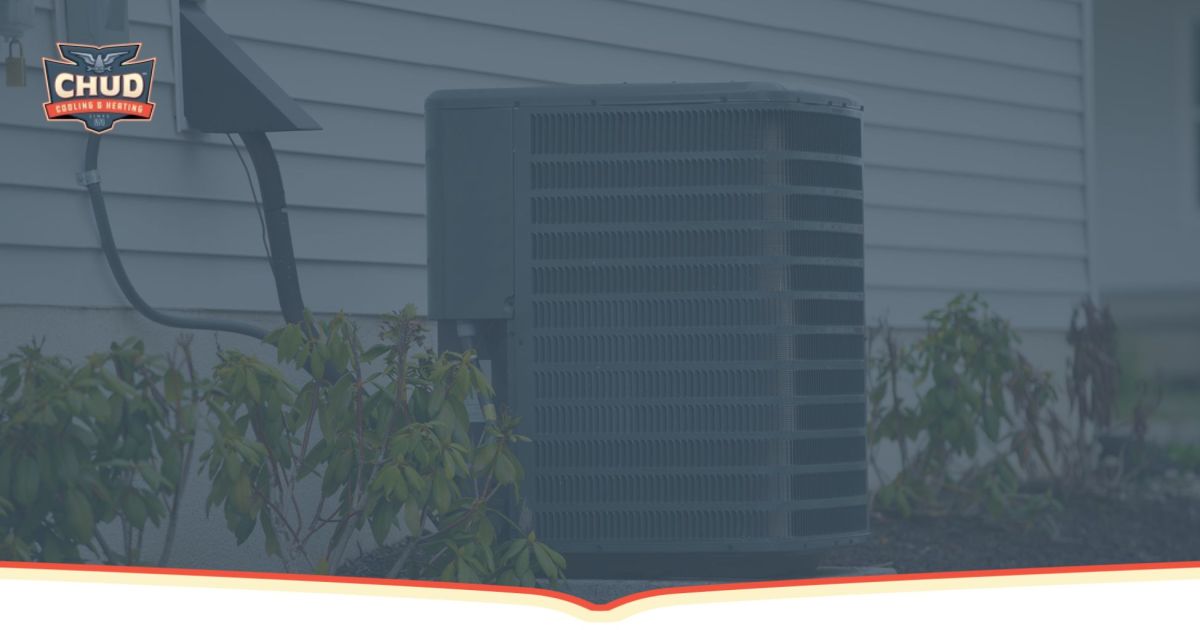What to Know About Indoor Air Quality
It starts with a tickle in your throat. This undetected problem quickly manifests itself in your life and shows itself through the red in your eyes, the congestion in your nose, the pounding ache inside your head and the fatigue that renders your body weak.
If the quality of air within your home is poor, you may suffer from some of these side effects. Although many of the side effects are common and short-term, years of exposure to pollutants can result in respiratory disease, heart disease and possibly even cancer.
Sources
To combat this issue, you must first know the sources of this danger. According to the Environmental Protection Agency, poor indoor air quality can come from multiple factors such as fuel-burning combustion appliances, tobacco products, building materials and furnishings, deteriorated asbestos-containing insulation, products for household cleaning and maintenance, personal care or hobbies, central heating and cooling systems, humidification devices, excess moisture, radon, pesticides and outdoor air pollution.
How much pollution a source emits and how hazardous the emissions are the determining factors of indoor air quality.
Pollutants
Some of the dangers coming from these sources are listed below:
- Asbestos: Harmful asbestos fibers can be released into the air during cutting, sanding or other remodeling activities.
- Biological Pollutants: These pollutants include bacteria, viruses, animal dander, cat saliva, house dust, mites, cockroaches and pollen. If the humidity in your home is controlled, the effect of these pollutants can be minimized.
- Carbon Monoxide: Tasting or smelling the fumes of this odorless, colorless and toxic gas can kill you.
- Formaldehyde/Pressed Wood Products: High levels of formaldehyde have been proven to cause cancer. It is a chemical widely used to manufacture building materials and numerous household products.
- Lead: Lead is widely-recognized to be harmful. Old lead-based paint is one of the most common source of lead exposure in the United States. Exposure can happen when lead-based paint is improperly removed from surfaces by dry scraping, sanding or open-flame burning.
- Nitrogen Dioxide: This toxic gas is a highly-reactive oxidant and corrosive that can come from gas stoves, vented appliances, welding, kerosene heaters and tobacco smoke.
- Pesticides: Most homes contain some type of pesticide. Exposure to this could result in irritation, damage to the central nervous system and kidneys, as well as increase the risk of cancer.
- Radon: This radioactive gas can cause lung cancer and is the cause of over 21,000 deaths in the United States per year, according to the EPA.
- Secondhand Smoke: Secondhand smoke contains more than 7,000 substances and can lead to lung cancer, heart disease and stroke.
- Volatile Organic Compounds: These compounds are emitted as gasses and include a variety of chemicals that are found in widely-used household products.
Solutions
Chud Indoor Air Comfort, the premier air conditioning repair company in Northeast Philadelphia, can test your air quality to keep you and your loved ones safe. We will effectively filter the air you breathe and use our equipment to reduce the number of pollutants that enter your home. We offer air cleaners, dehumidifiers and UV treatment systems.
For information on how you can maintain a healthy home environment or our air conditioning installation services in Northeast Philadelphia, you can contact us by calling 215-395-9683 or visiting our website at https://chudcompany.com.
Request Service
Please fill out the form below to request an estimate or schedule service.
"*" indicates required fields
Check Out Our 5-Star Reviews!
-
“I had a great experience with Chud. Lewis and Sebastian did a fantastic job. They were communicative and on time, explained everything that they would be doing to clean my HVAC ductwork, answered all of my questions, were honest about not being able to properly clean my dryer vent, and cleaned up after they were done. They also went above and beyond, even cleaning dust from each slat of the return vent. Highly recommend.”
– Jay C. -
“We have been a customer of Chud Air Conditioning, Heating & Duct Cleaning for many years and have always had a very satisfying experience. The technicians have been very responsive during emergencies, are informative, and professional. Shane was our recent service technician who replaced our water heater. Shane was excellent, very thorough, friendly, and dependable. I would not hesitate to use them again and don’t forget to ask for Shane!”
– Michael M. -
“We rely on Chud Duct Cleaning to perform our regular duct cleaning in our home. Your service technicians Lewis and Sebastian arrived promptly, introduced themselves and got right to work. Our home has many vents behind and under furniture, which was moved and replaced as if nothing ever happened. My home was carefully prepared and respected throughout the entire process. An access panel was replaced for a more pleasant look and better access in the future. I will not hesitate to use this company for service again.”
– Catherine C. -
“They came to service my heater and clean my ducts. They were super respectful of my property, thourough with their work, and carefully explained everything to me. My system is falling into disrepair. I could clearly see the rust and hear the problems they found. They recommended a variety of possible solutions from temporary furnace repairs to a new HVAC system. No pressure. I have a lot to think about, but it is good to know I have found someone I can trust to do the job.”
– Phyllis W. -
“Lewis and Sebastian were professional, knowledgeable and polite, and worked diligently over the course of two days to clean and sanitize the immense ductwork system at this location. They took the time to explain the process in detail, and were extremely aware of the need to treat a customer’s home as if it were their own. This was my second experience with Chud, and I won’t hesitate to call them again in the future.”
– BC. -
“Had a new heater and ac installed. Very pleased with entire process, from troubleshooting the old system to choosing the new to installation. Rich had patience with all my questions about the new system and helped me to understand the differences I should expect with the new. Matt and John did an outstanding job pulling out the old and installing the new. They got there on time and got right to work. Very professional technicians. Overall, a top notch job at a fair price. I highly recommend Chud.”
– Phil W.







